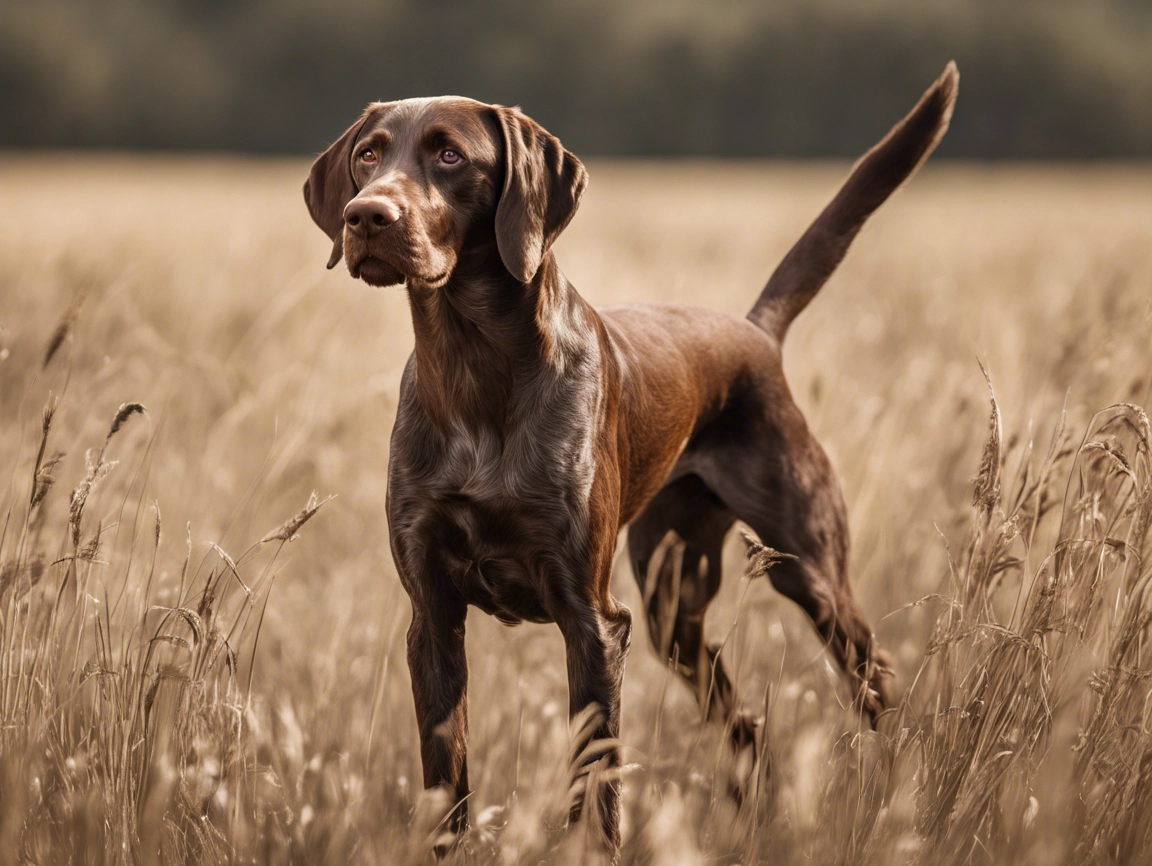Introducing your bird dog to live birds is a crucial part of training for hunting. It allows your dog to develop key instincts, such as pointing, retrieving, and holding game. This step-by-step process will help you teach your dog how to behave around live birds in a controlled environment, laying the groundwork for successful hunting in the field. Whether you’re working with a pointer, setter, or retriever, following the right method ensures a smooth transition to real-world hunting scenarios.
Why Introducing Your Bird Dog to Live Birds is Essential
Sharpening Natural Instincts
Introducing your dog to live birds is a crucial part of honing their natural hunting instincts. The process sharpens their ability to scent, point, and retrieve game, which is essential for a successful hunting dog. Live bird training also boosts the dog’s confidence, as they gain experience and understanding of their role in the hunt.
- Pointing: For pointers and setters, live birds encourage the iconic pointing stance, reinforcing their instinct to freeze and focus on the prey.
- Retrieving: Retrievers are taught to bring the game back after it has been shot, perfecting this skill with real birds.
Building Confidence and Focus
A gradual introduction helps your dog build confidence when interacting with live birds. Dogs that are unfamiliar with birds can be cautious or distracted. However, exposure to real hunting scenarios in a safe setting helps them focus, improving their future performance in the field.
Step-by-Step Guide: How to Introduce Your Bird Dog to Live Birds
Step 1: Set Up a Calm and Controlled Environment
Start by introducing your bird dog to live birds in a controlled and quiet area. This minimizes distractions and helps your dog focus on the task at hand. Whether you’re in a fenced yard or training field, keep the environment safe and stress-free.
- Quiet Space: Choose a location where your dog feels safe, with minimal outside noise or other distractions.
- Allow Exploration: Let your dog approach the bird at their own pace, building trust and curiosity before interaction.
Step 2: Use a Leash or Long Line for Control
When first introducing your dog to live birds, use a leash or long line to maintain control. This ensures you can guide their movements and prevent any unintended behavior. Having control is especially important for dogs that are unfamiliar with birds.
- Control: Maintain a relaxed but firm grip on the leash to keep your dog safe and focused during the interaction.
- Let Them Investigate: Allow your dog to sniff and observe the bird, helping them recognize it as something they need to interact with.
Step 3: Reward Positive Reactions with Praise
As your dog shows interest in the bird, offer positive reinforcement. Praise your dog when they display the correct behavior, such as pointing or sniffing. This teaches them to associate live birds with rewarding experiences.
- Pointing: If your dog points toward the bird, praise immediately to reinforce the instinct.
- Retrieving: If they pick up or attempt to retrieve the bird, reward them with praise or a treat to encourage this behavior.
Step 4: Gradually Increase the Challenge
Once your dog becomes comfortable with live birds, gradually increase the difficulty. This might involve introducing birds that move, increasing the distance, or adding distractions like a gunshot. This gradual progression prepares your dog for real hunting scenarios.
- Moving Birds: Start by letting the birds fly short distances, giving your dog a chance to chase and retrieve.
- Gun Acclimatization: Slowly introduce the sound of gunfire during training, associating it with the retrieval of birds to avoid startling the dog.
Step 5: Incorporate Retrieval and Pointing Commands
Introduce your dog to the retrieving and pointing commands during their live bird training. Use verbal cues like “Fetch” or “Hold” to encourage the dog to retrieve the bird. For pointers, reinforce the “Whoa” command when they are in position.
- Pointing: Reinforce the pointing position by saying “Whoaa” or using other verbal cues.
- Retrieving: Reinforce the retrieve command with a consistent “Fetch” or “Bring.”
Tips for Successful Live Bird Training
Consistency is Key
Training with live birds should be consistent. Regular, positive exposure ensures your dog learns quickly and retains the information. Start with shorter sessions and gradually increase the length as your dog improves.
- Frequency: Aim for at least one to two sessions per week to maintain progress.
- Patience: Allow your dog time to learn at their own pace.
Use Positive Reinforcement
Every successful interaction with live birds should be met with praise and rewards. Positive reinforcement strengthens the connection between good behavior and the reward, helping your dog build confidence.
- Reward Correct Behavior: Give praise and treats when your dog performs the desired action, whether it’s pointing or retrieving.
- Avoid Negative Reactions: Stay patient and avoid scolding or punishing the dog during training.
Safety First
Always keep safety in mind when training with live birds. Use safe environments and ensure that your dog remains calm and controlled during each interaction. Additionally, monitor your dog for signs of fatigue or stress to prevent overexertion.
- Use Proper Gear: Ensure your dog is wearing a secure harness or leash during training.
- Watch for Fatigue: Keep sessions short and adjust based on your dog’s energy levels.
Conclusion: The Key to a Successful Hunting Partner
Introducing your bird dog to live birds is an essential part of their development. By gradually exposing them to live birds, rewarding positive behaviors, and maintaining consistency, you can shape your dog into a skilled and reliable hunting companion. Whether you have a Pointer, Setter, or Retriever, live bird training will help refine their natural instincts and improve their performance in the field.







